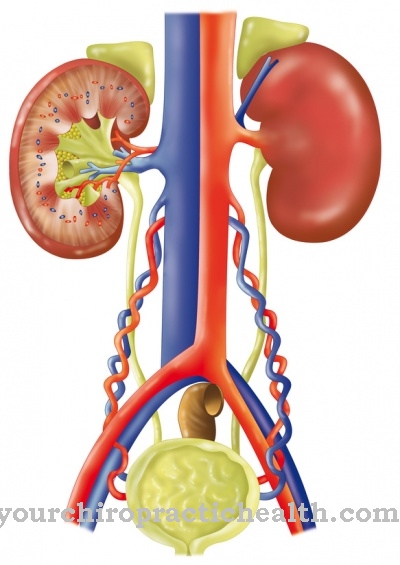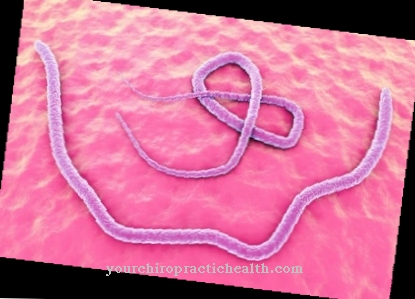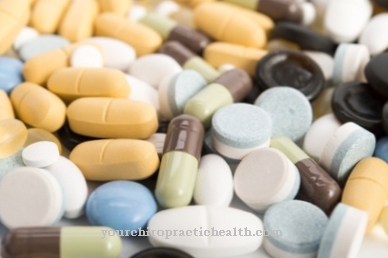Argatroban belongs to the active ingredient group of anticoagulants and is used to inhibit blood clotting. The drug has been sold in Germany since 2005 under the name Argatra Multidose and is administered as an infusion solution.
What is argatroban?

As an anticoagulant, argatroban binds directly to the thrombin in the bloodstream and inhibits unwanted blood clotting. The drug is used exclusively for the treatment of heparin-induced thrombocytopenia and can achieve rapid success there, although the side effects can be considerable.
Argatroban is still often prescribed to prevent heart attacks or strokes. It can be used in adult patients of all ages and can also be given to pregnant women. Argatroban is only available as an infusion solution and can therefore not be used for self-treatment.
Pharmacological effect
Argatroban should only act on the blood circulation in the body or the thrombin it contains when used correctly and without side effects. The drug binds to the thrombin and tries to prevent its effect - including, for example, the activation of various so-called coagulation factors and the formation of fibrin. Furthermore, thrombin tries to activate protein C, which also promotes blood clotting.
Argatroban prevents or inhibits the negative effects for the patient in this case, so that these should no longer take place with the correct dosage and duration of use. Argatroban only remains in the body for 50 minutes before it is metabolized in the liver by a previously unknown enzyme. In Germany, Argatroban is sold under the name Argatra Multidose.
Furthermore, due to the relatively high concentration of ethanol in the drug, the administration of argatroban can have an alcoholizing effect on the patient, which is why it is not advisable to drive directly after an infusion. The alcohol in Argatroban can also have the effect of increasing or weakening the effects of other medicines, which are affected by alcohol.
Medical application & use
Since it is an infusion solution, treatment with Argatroban is never done by yourself, but always by a doctor or other trained specialist. The doctor decides the exact dose and duration of administration individually. Argatroban is used to stop or stop the formation of blood clots in the patient's circulation.
It is used exclusively for the treatment of a so-called heparin-induced thrombocytopenia of type II, which is also abbreviated as HIT II. Risks from the blood clots caused by HIT II include possible heart attacks, strokes or breathing problems as well as disorders of the blood circulation in the limbs. Argatroban, if used correctly, can either help alleviate or stop these symptoms (but not their cause).
It is not used for prevention and can therefore only be used in acute HIT II and currently has no off-label applications for other diseases. Argatroban should not be given if the patient has severe liver dysfunction or bleeding from HIT II is active. Argatroban should not be administered to women during breast-feeding. The lowest possible dosage should be aimed for during pregnancy.
You can find your medication here
➔ Drugs for wound treatment and injuriesRisks & side effects
Argatroban is rich in side effects, the most common of which may be mild to severe bleeding. In these cases, an immediate doctor's visit is essential. These include blood in your cough, sudden bruising under the skin, and blood in your urine or stool. Patients may also have difficulty breathing and have a dry mouth.
With a frequency of up to 10%, nausea is also one of the common side effects of argatroban. Dizziness, confusion and possible fainting occur less frequently, and headaches and speech or vision disorders can also occur. Temporary numbness or urinary tract infections can also be a result of the side effects of Argatroban. Fever, joint pain and a permanent feeling of tiredness, as well as constipation or diarrhea, may occur. However, these side effects occur very rarely with a frequency of 1% or less.

.jpg)










.jpg)



.jpg)










.jpg)
